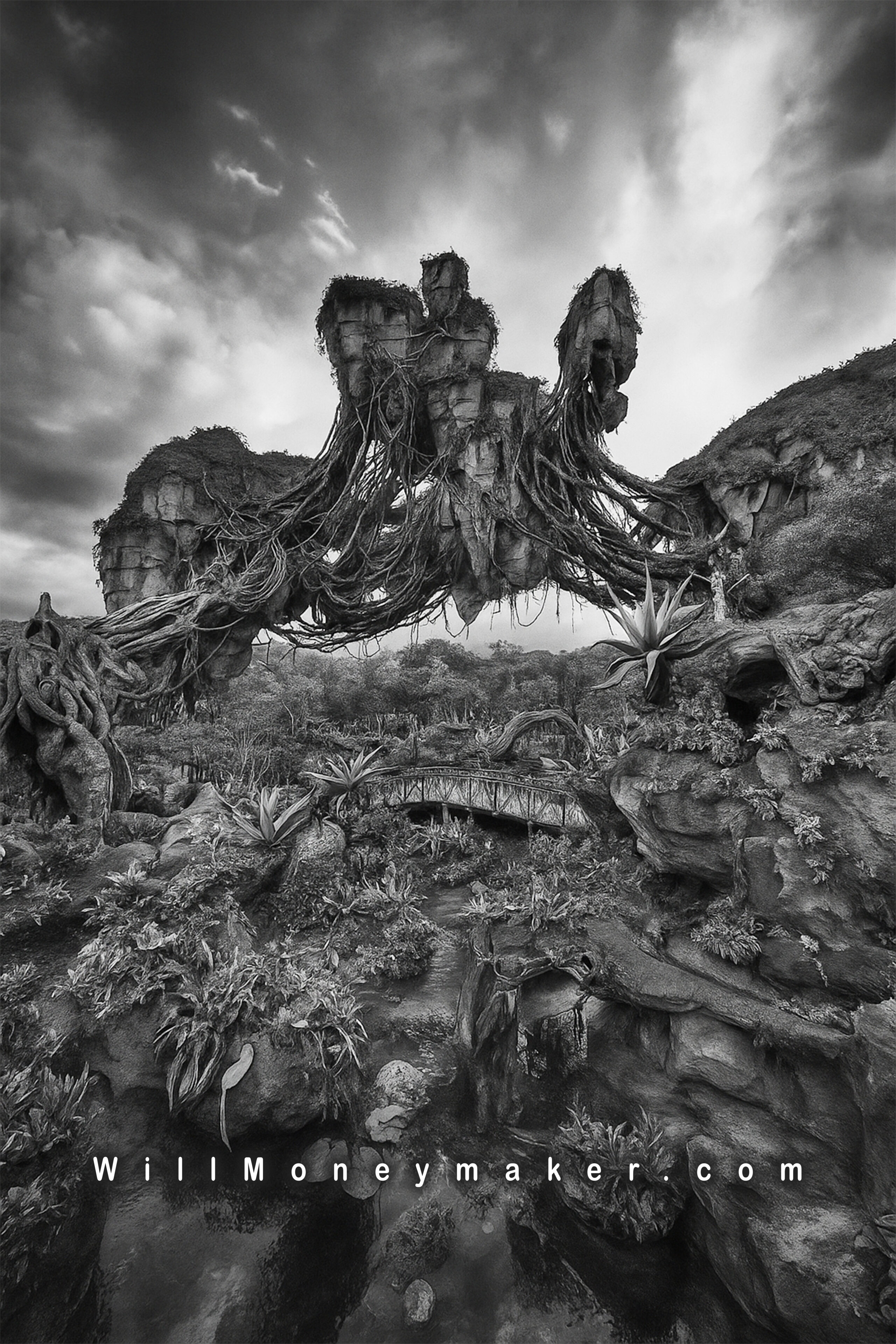Are you photographing the things you want to photograph? Most photographers, I assume, would answer “yes,” to this question without much thought. Of course, we’re photographing the things we want to photograph. What else could we possibly be doing? After all, photography is one of those things that we all enjoy doing, so on the surface, the idea that we are not pursuing the things that most interest us seems a little illogical.
But, I tend to question this a little bit. And the main reason for that is all the outside influences upon our work. These influences tend to steer us in different directions, whether we are aware that this is happening or not. Actually, I’ve seen many cases of photographers who stray from their passions — sometimes without even realizing that’s what they have done. It’s not that they’re not enjoying these things. But because they’ve been influenced away from what really inspires them, maybe they’re not enjoying at much as they could. It’s something that I’ve even seen in myself, to some degree.
For instance, some of us chase trends. We may not even be aware that we’re doing it, but over time, and with enough exposure to popular photography, we find ourselves photographing the same subjects or the same themes that other photographers are currently photographing. Often, this is one of those unnoticed little things that we simply don’t realize we’re doing. We see images that we like, and we try to emulate them so we can add similar pieces to our own collections of images.
This is true of photographic styles and techniques, too. For a long time, photographs with various filters to make them look old-fashioned were all the rage, and there have been many other techniques and styles that have waxed and waned in popularity over the years. It’s really very easy to see these kinds of things, and either consciously or unconsciously, modify our own work to match.
None of this is to say that there is anything wrong with emulation. In fact, emulating techniques that we see is one of the key ways that we can add new skills to our repertoire. But at what point does this go past learning a new skill and into something that maybe isn’t original or something that you didn’t fully enjoy producing? It’s sneaky, in a way, but in following current trends, we can find ourselves steering away from the types of photography that we truly love.
Another thing that I’ve seen is a kind of photographic peer pressure. Sometimes, when we’re talking to our friends and colleagues, certain genres are brought up. One photographer may take a denigrating view. For instance, things like flower photography or landscape photography are often considered trite and overdone, and in these discussions among photographers, there are usually at least a few who will agree with this sentiment. Here again, the same thing is true for techniques. Selective color is one that people often consider overdone because it was a big trend for a long time. Now, in photographic circles, when one brings up the idea of using selective color, sometimes that idea is met with scorn.
This becomes problematic because the photographers who are into these things, the ones who love flowers and landscapes, and who occasionally use techniques like selective coloring — they hear the scorn of their colleagues and tend to internalize it. It’s kind of like that old grade school mentality where, when something just isn’t cool anymore, people find themselves turning away from it because that’s what everyone else is doing. Perhaps flowers were once a favorite subject of yours, but more and more, you find yourself taking fewer photographs of them simply because you know that some photography friends and colleagues are tired of looking at flowers. In a roundabout way, these types of discussions can actually dissuade photographers from taking photographs that they truly want to be creating.
If you’ve found yourself doing these things — following trends or acquiescing to the pressure of photographic peers — then it might be time to revisit the question: Are you photographing the things you want to photograph?
If the answer is no, or if you find yourself thinking about it, then perhaps it is time to take stock and figure out what it is you really want to do with your photography. After all, art is personal in so many respects, so why not create images of the things that are most meaningful to you? Life is too short to be spending time creating images of things that other people want you to photograph. Instead, find those things you really enjoy, whatever the opinions of others or the current trends are, and create images that you love.
Another thing to think about are your passions. Outside of photography, what other things give you joy? When a person is passionate about a subject, that is when photography is at its finest. If you’re out taking photographs of things that don’t interest you, subjects that don’t get you excited or fired up, I have to ask why? Why not instead take photographs of the parts of life that do interest you? I think this is an important consideration because when you’re interested in a subject, you’ll likely have more knowledge about it. We tend to learn everything we can about the things we enjoy and come to know them intimately. With this knowledge, you’re in a unique position to photograph the things that give you joy in a way that no one else can. There is much more potential for inspiration.
Whatever you choose to photograph, make sure that first and foremost, you do it for yourself. Take pictures of the things that give you joy, and let the opinions of others be secondary. Joy, inspiration, and beauty — those are the things that art is all about.
Now go and enjoy the beauty of God’s creation through your lens.




